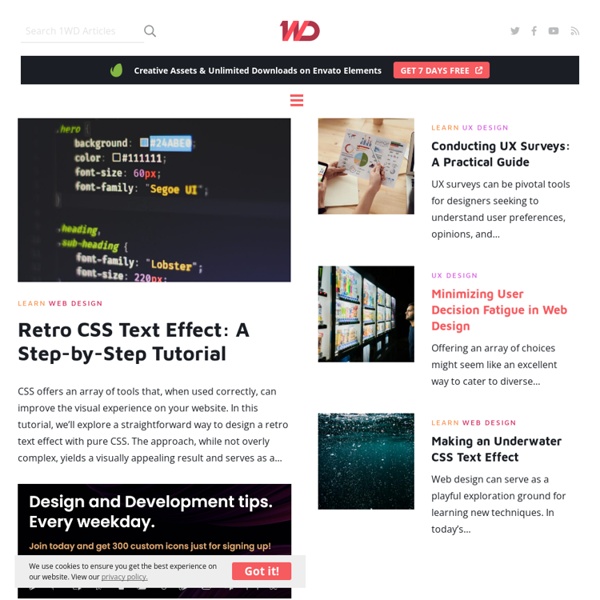



Media Queries Tutoriels pour maîtriser « Bootstrap, from Twitter » Présentation de « Bootstrap from Twitter » « Bootstrap from Twitter » est un des nombreux outils du « Responsive Web Design (RWD) » qui viennent bousculer notre confort et nous oblige à un nouvel effort d’adaptation pour ne pas mourir sur le bord de l’autoroute du Web. Nous avons déjà parlé de « Bootstrap from Twitter » dans l’article « Responsive Web Design (RWD) » dans SPIP : Intégrer « Bootstrap, from Twitter » dans un CMS..., aujourd’hui nous nous intéressons à son apprentissage car il est particulièrement intéressant. Le framework HTML, CSS, et Javascript « Bootstrap from Twitter », distribué sous license libre Apache v2.0, est l’intégration harmonieuse d’une librairie de tous les éléments d’interface qu’on trouve sur les applications de la compagnie Twitter. « Bootstrap from Twitter » comprend tous les éléments d’interface les plus courants, tels que la navigation, les boutons, les étiquettes, les tableaux, les alertes, les barres d’avancement, les formulaires, etc. Tutoriel vidéos
Stitches - An HTML5 sprite sheet generator Drag & drop image files onto the space below, or use the “Open” link to load images using the file browser. Then, click “Generate” to create a sprite sheet and stylesheet. This demo uses a couple of HTML5 APIs, and it is only compatible with modern browsers. Drag & drop image files onto the space below, or use the “Open” link to load images using the file browser. Then, click “Generate” to create a sprite sheet and stylesheet. This demo uses a couple of HTML5 APIs, and it is only currently compatible with WebKit and Firefox browsers. Stitches is developed by Matthew Cobbs in concert with the lovely open-source community at Github. Copyright © 2013 Matthew Cobbs Licensed under the MIT license. Implementation After dependencies, Stitches requires a stylesheet, a script, and an HTML element to get the job done: The sprite sheet generator is automatically created in elements that have the stitches class: Documentation Documentation is available here. Dependencies Contributing License Download
Open Source Web Development Resources for Designers & Developers CatsWhoCode.com So, you’ve spent some time building your e-commerce brand. You’re making a handful of sales each month, but it’s not taking off the way you hoped it would. You do a little digging into your analytics and you learn people who spend 20 minutes on your site almost always buy something. But those who check out just one or two pages, well, they don’t stick around long enough to spend any money. What gives? Being faster and more efficient is the goal of all web designers and developers. According to Statista, the global mobile payment revenue is expected to reach over 1 trillion US dollars in 2019. In the world of today, having a website is a must. Node.js is an open-source, cross-platform JavaScript run-time environment that executes JavaScript code server-side. Since the Internet is around, affiliate marketing has always been one of the most efficient ways to make money online by promoting third-party products.
Weekly Web Design Inspiration #33 | DesignBeep There is no limit for inspiration and when it comes to webdesign this is much more unlimited. As usual we continue to showcase beautiful and interesting webdesigns that we came across during the week.Hope you like this week’s collection too. Polyester Studio Visit Website Railroad Visit Website SAVVY Belfast Visit Website The Spot Inferno Visit Website New Hampshire Distributors Visit Website Barley’s Greenville Visit Website Ferocious Visit Website Designbeep is a design blog dedicated to web developers,bloggers,designers and freelancers.Our aim is to share everything about web design,graphic design,tutorials and inspirational articles and more.
CSS Shapes, une introduction L'article de Sara Soueidan paru dans A List Apart a fait le buzz dernièrement. Sara présente ici avec clarté ce qui sera l'avenir des formes et du design dans CSS. Par Sara Soueidan Des rectangles dans des rectangles, telle est depuis toujours la structure de nos pages web. Depuis longtemps, nous tentons de nous libérer de leurs limitations en utilisant CSS pour créer des formes géométriques, mais ces formes n'ont jamais affecté le contenu situé à l'intérieur des éléments, ni la façon dont ces éléments affectent les autres éléments de la page. La nouvelle spécification CSS Shapes change tout cela. Dans l'image qui suit par exemple, remarquez comment le texte entoure les images circulaires. Regardons maintenant la façon dont fonctionne Shapes, et comment vous pourrez l'utiliser. Les prochains niveaux de CSS Shapes concerneront l'insertion d'un contenu à l'intérieur d'une forme. Pour utiliser CSS Shapes dans Chrome Canary, il vous faudra activer le flag “fonctions expérimentales”. ou bien :
帕兰映像 Impressive Webs, Toronto | Web Design Articles & Tutorials